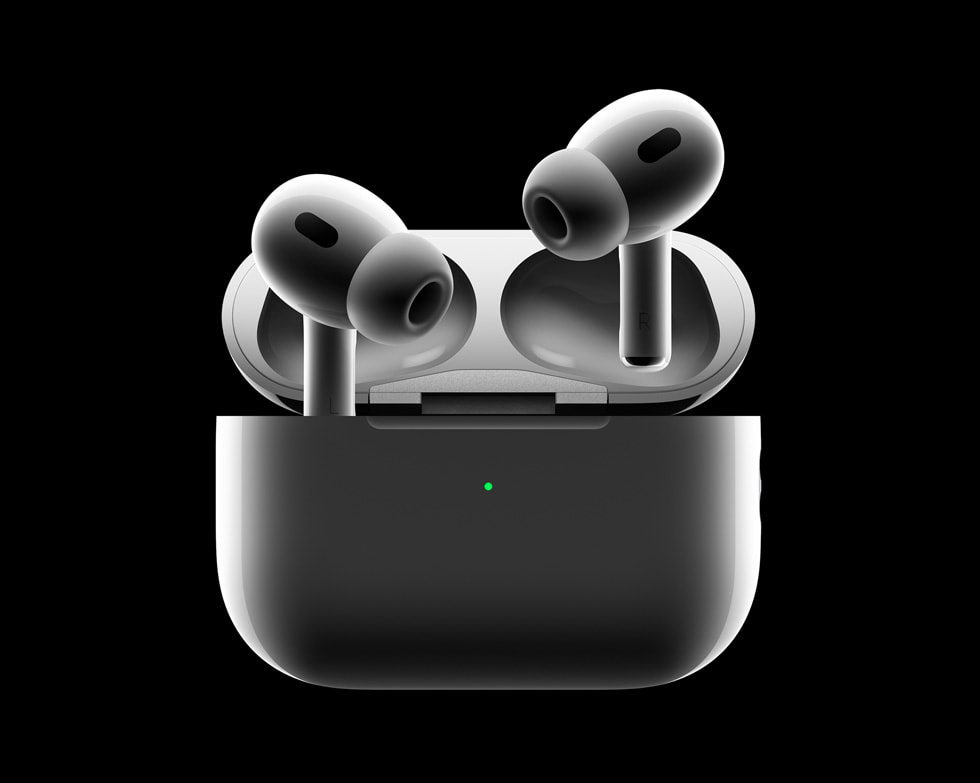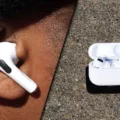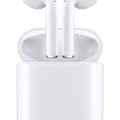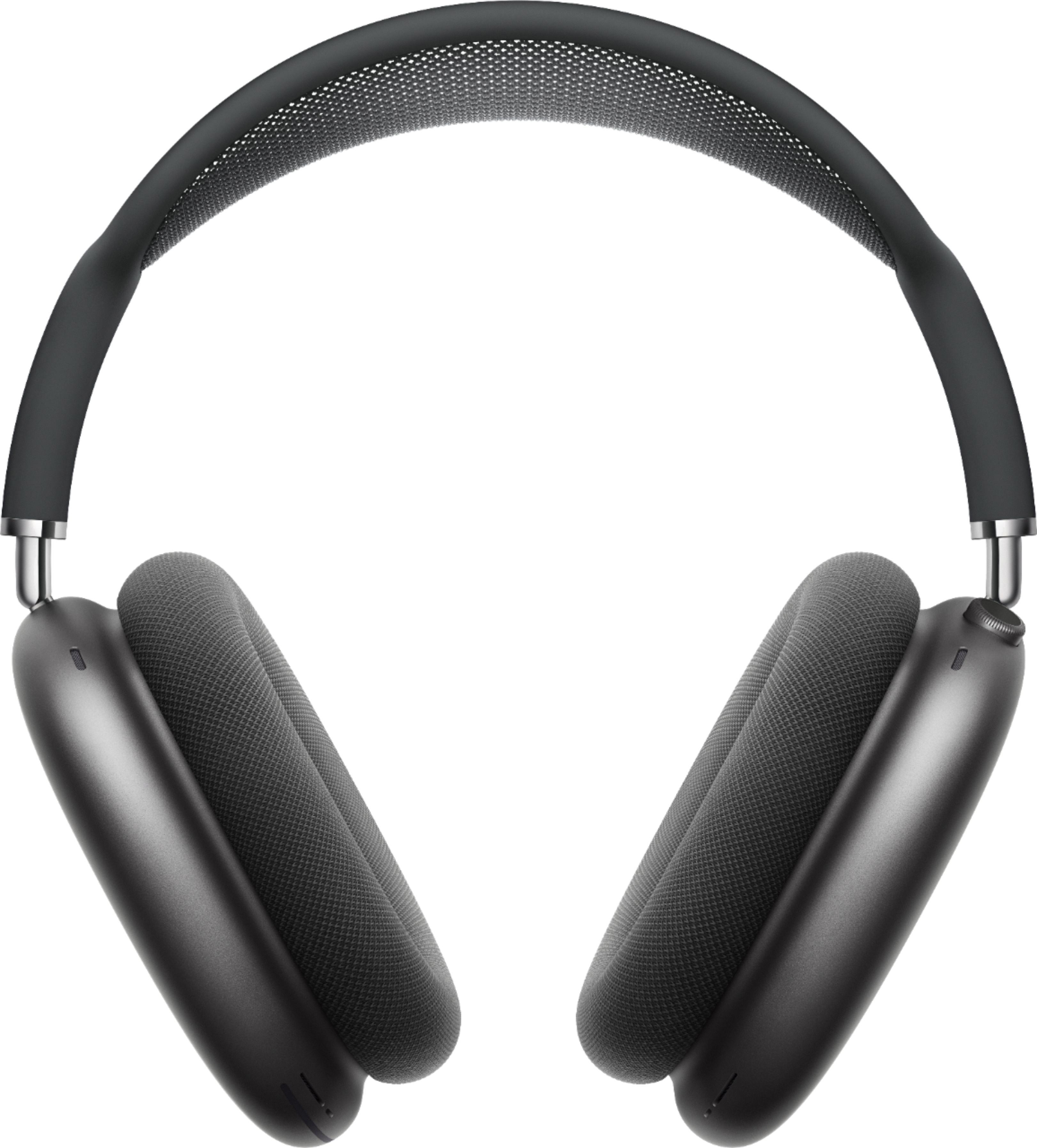Have you noticed blue-green gunk around your AirPods or in the case? If so, there’s a good chance that your AirPods are experiencing battery corrosion. Battery corrosion is a common issue with all types of electronics, but it can be especially alarming when it affects something as expensive as AirPods.
Battery corrosion occurs when the lithium-ion batteries in the AirPods are exposed to moisture and oxygen. This creates an electrochemical reaction which results in a chemical reaction betwen the electrodes and electrolytes inside the battery. Over time, this can cause rusting and pitting on the surface of the battery, which can lead to loss of power and performance.
The most common areas for corrosion to occur on your AirPods are around the stainless steel ring at the bottom of each stem and inside the charging case. If you notice any discoloration in these areas, it’s best to take action right away befoe it gets worse.
Fortunately, thee are several steps you can take to prevent and fix battery corrosion on your AirPods:
1) Keep your AirPods clean by wiping them down with a dry microfiber cloth after each use or after they come into contact with sweat.
2) Use a cotton swab dipped in isopropyl alcohol to remove any dirt or debris from hard-to-reach areas such as around the stainless steel ring at the bottom of each stem and inside the charging case.
3) Use a toothpick or toothbrush to get rid of any debris stuck inside small holes or crevices.
4) Store your AirPods in a cool, dry place when not in use to minimize exposure to moisture and oxygen that could cause battery corrosion.
5) Make sure you have enough charge remaining in your case before storing it away for extended periods of time – this helps keep the batteries from developing a “memory” which can lead to premature degradation over time.
If you’ve aleady noticed signs of battery corrosion on your AirPods, you may need to replace them since this kind of damage cannot be reversed once it has occurred. However, taking preventive steps such as those outlined above will help ensure that your AirPods last longer and remain functional for years to come!

Cleaning Corroded AirPods
To clean corroded AirPods, you’ll need to use a few different items. Start by taking a cotton swab and applying a few drops of isopropyl alcohol. Use the cotton swab to clean the outer surface of your AirPods. Next, take a toothpick and use it to clean the edges and small holes, scooping out any dirt or debris that may be stuck inside. Finally, use a toothbrush to clean any finer debris or dust from the earpieces of your AirPods. Be sure to be gentle while cleaning so as not to damage your AirPods.
The Mystery of Green Stuff on AirPods
The green stuff you are seeing on your AirPods and in the case is likely battery corrosion. This can occur when moisture gets inside the device, which can be caused by exposure to high humidity or from contact with water. It’s important to clean tese components regularly to avoid corrosion and maintain the longevity of your AirPods.
Can AirPods Be Fixed After Water Damage?
Unfortunately, it is not possible to repair AirPods that have been damaged by water. Apple does not offer any water damage repair services, and attempting to open your AirPods or use third-party repair services cold void the warranty. If your AirPods become damaged after they get wet, you can order a replacement from Apple or an authorized service provider.
Removing Corrosion From Earbuds
To remove corrosion from earbuds, you’ll need to start by gently cleaning the contact points with a soft cloth and some isopropyl alcohol. Make sure that you don’t scrub too hard, or you could damage the contact points. Next, use a q-tip or small brush to apply a small amount of alcohol directly to the corroded areas. Allow it to sit for about five minutes before wiping away any remaining residue with a clean cloth. If there is still corrosion present after this step, you can repeat the process as ncessary until all signs of corrosion have been removed.
Removing Metal from AirPods
To get rid of the metal shavings in your AirPods, start by turning off the device and removing the case. Then, carefully inspect the magnet areas for any metal shavings stuck on them. Once identified, cover thse areas with scotch tape and use a mechanical pencil with the lead retracted so you are using the plastic tip to push the scotch tape directly on to them. This should help remove any remaining metal shavings from your AirPods. Be sure to regularly check for any other metal that may have entered your AirPods, as this can be hazardous to your device if it is not removed quickly.
The Staining of AirPods: Investigating the Causes
AirPods get stained due to the transfer of pigment from other materials that come into contact with the AirPods case. Many times, this is caused by oils and dirt from our hands and fingers, as well as fabric dyes or pigments from clothes, bags, or cases that the AirPods are stored in. The transfer of pigment can also occur when the AirPods case is placed on surfaces like wood tables or fabric couches. Over time, thee stains can build up and become more visible on the AirPods case. To help prevent staining, make sure to clean your AirPods regularly with a soft damp cloth and avoid placing them on unclean surfaces.
The Benefits of Cleaning AirPods Daily
No, you don’t need to clean your AirPods every day. While it’s important to keep them clean, it’s recommended that you only clean your AirPods or oter in-ears every 72 hours of listening time. To keep them clean, use a soft, lint-free cloth and gently wipe away any debris or dirt. You can also use a cotton swab with some rubbing alcohol to remove any residue from the microphone and speaker meshes. Lastly, make sure to swab down the carrying case with alcohol as well.
The Discoloration of AirPods
AirPods can become discolored due to a buildup of sweat, oils, and earwax. The combination of these elements can cuse mineral deposits to accumulate on the surface of the AirPods, leading to a discoloration of the outer casing. Additionally, if your AirPods are exposed to direct sunlight for an extended period of time, this too can lead to discoloration. To avoid discoloration, make sure you store your AirPods in a cool, dark place when not in use and clean them regularly with a soft cloth or an approved cleaning solution.
Replacing a Single AirPod
Yes, you can replace a single AirPod (either the left or right AirPod) for a fee. You can use our “Get an Estimate” tool to review the potential costs if you get service directly from Apple. If you go to another service provider, they may set their own fees, so be sure to ask them for an estimate before having your AirPod replaced.
Can Apple Detect Water Damage in AirPods?
No, Apple cannot tell if AirPods have water damage. Unlike iPhones, AirPods do not have a liquid contact indicator, so there is no way for an Apple tech to determine if the AirPods have been exposed to water or other liquids. If you believe your AirPods may be water damaged and plan to get them replaced, it is best to not mention this at your Genius Bar appointment as Apple may not cover the replacement cost if they are aware that the AirPods have been water damaged.
The Lifespan of AirPods: Can They Be Used for Five Years?
It is unlikey that you will be able to use your AirPods for more than five years. AirPods are powered by lithium-ion batteries, which naturally tend to slow down over time. After two years of normal use, the battery life can start to decline noticeably and the battery may not last as long on a single charge. To get the most out of your AirPods, make sure to keep them in a cool and dry place when not in use and avoid charging them too much or too little. Additionally, you can try resetting your AirPods every few months and keeping their software up-to-date.
The Lifespan of AirPods
Yes, AirPods can last longer than 2 years if you take good care of them. It’s important to keep the charging case closed when not in use and keep it away from heat sources. It’s also important to regularly clean the AirPods and make sure that thee is no dust or debris blocking the connection points between the AirPod and its case. Additionally, try to avoid dropping or hitting your AirPods as this can cause damage to their internal components. Regularly checking for any signs of damage and replacing broken parts can help ensure that your AirPods last longer than two years.
Do AirPods Become Less Effective Over Time?
No, AirPods do not necessarily “weaken” over time. With proper care and maintenance, AirPods can last for years wihout any noticeable drop in audio quality. However, dirt and ear wax buildup in the speaker mesh can obstruct the audio signal coming out from the drivers, resulting in a quieter sound. To prevent this from happening, it is recommended to clean your AirPods regularly with a dry cloth or compressed air to dislodge any dust or debris that may be stuck in the mesh.
Conclusion
The AirPods (3rd generation) can be a great asset to your audio experience, but like any other electronic device, it is important to take proper care of them. Signs of corrosion can occur if the AirPods come into contact with liquid or sweat from a workout. To keep them in the best condition, it is important to periodically clean them usng a cotton swab with isopropyl alcohol and a toothpick for the edges and small holes. It is also important to dry out the case with a microfibre cloth after it has come into contact with liquid. With proper care and maintenance, your AirPods can last you up to 30 hours of listening time or 20 hours of talk time on multiple charges.








